Unit# 5 Process Analysis Process Analysis Process Flowcharting
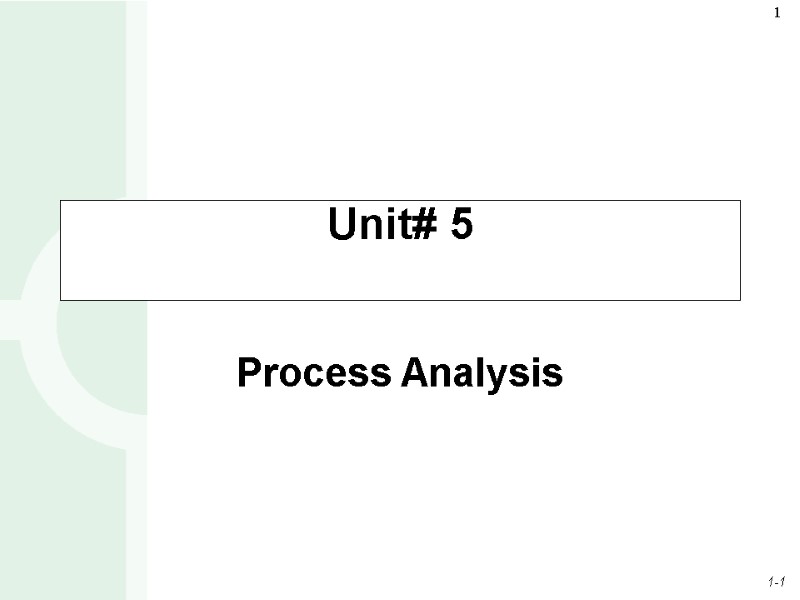
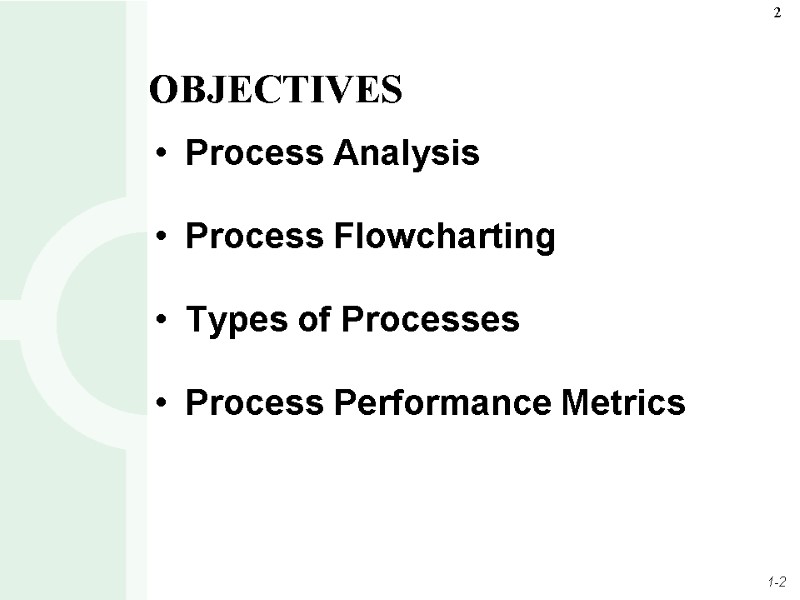
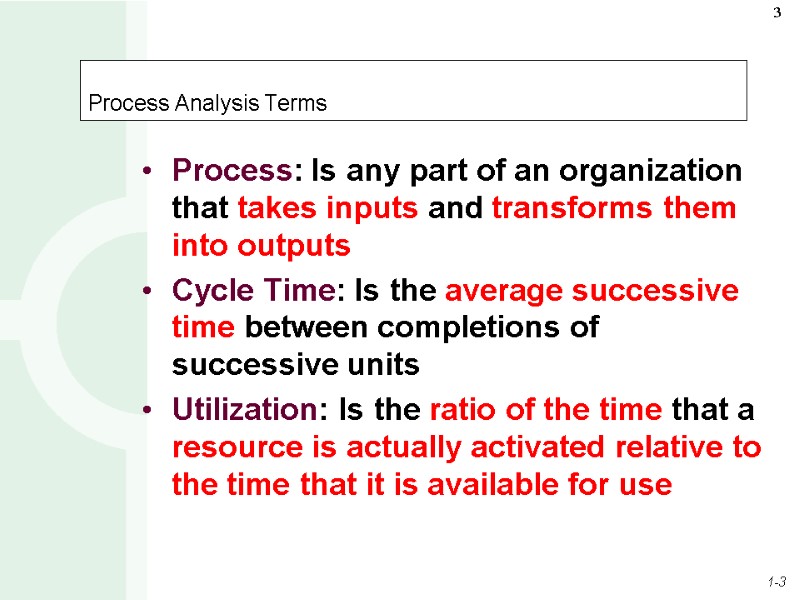
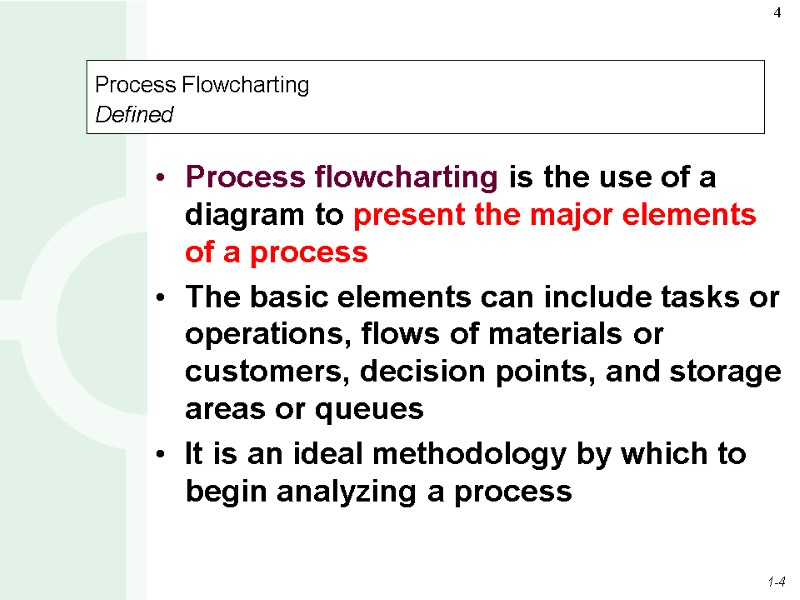
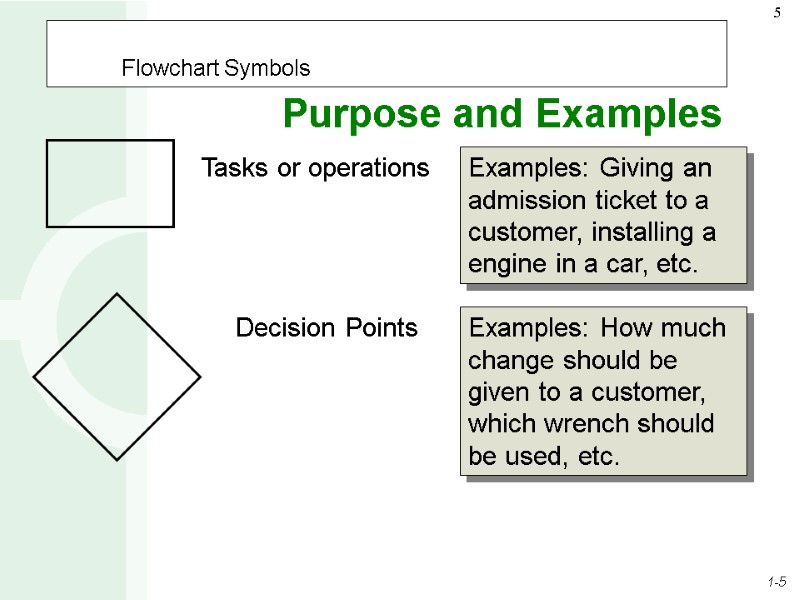
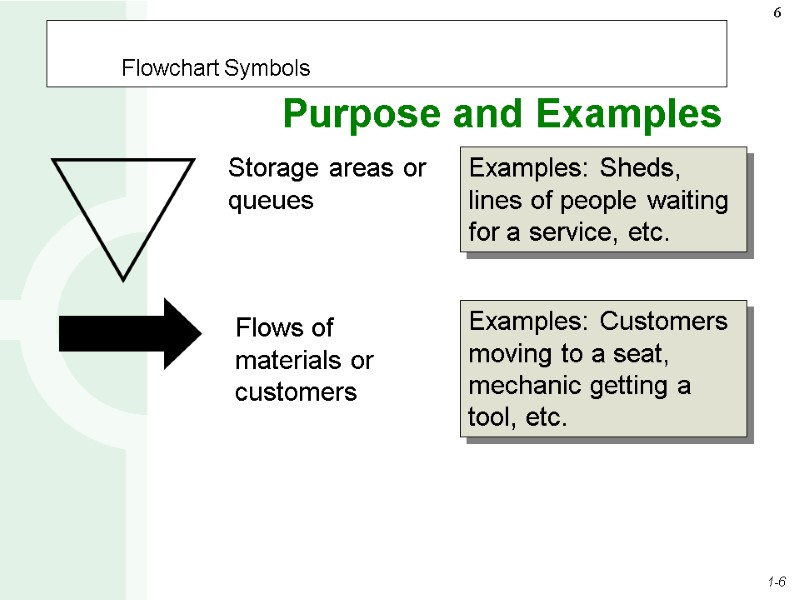
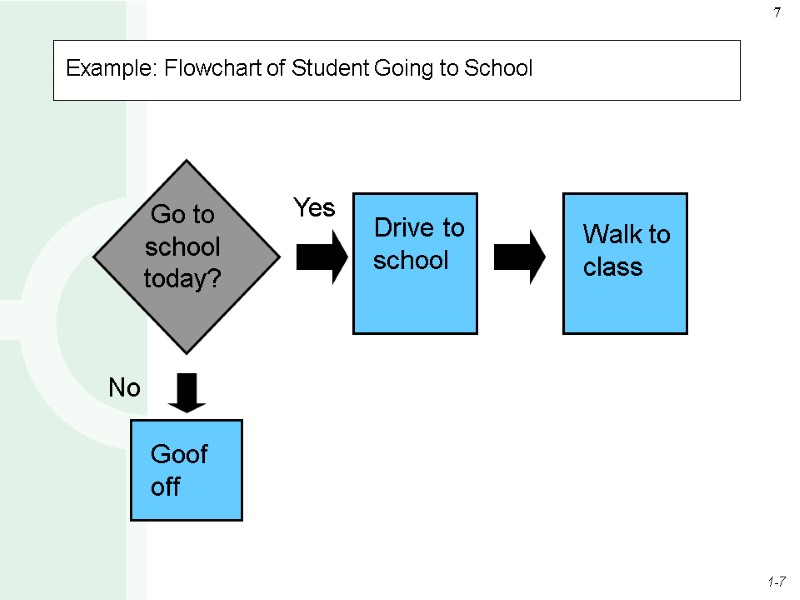
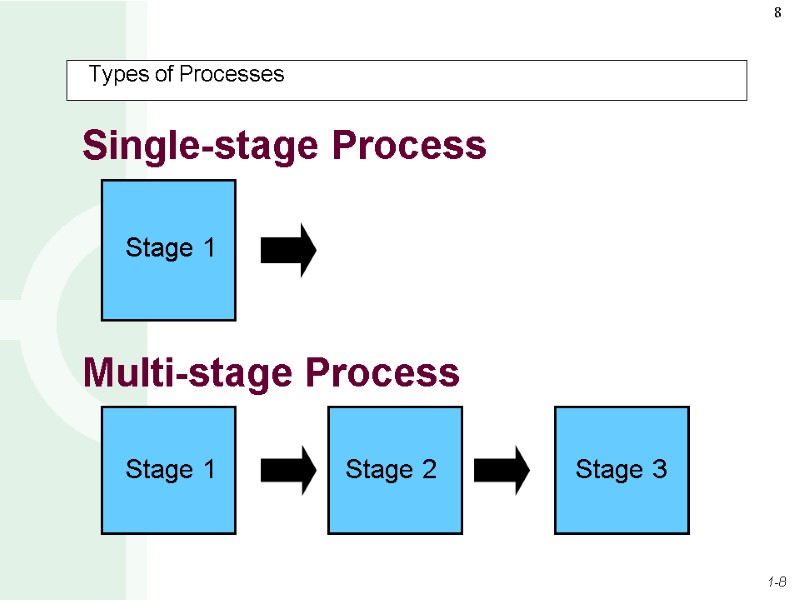
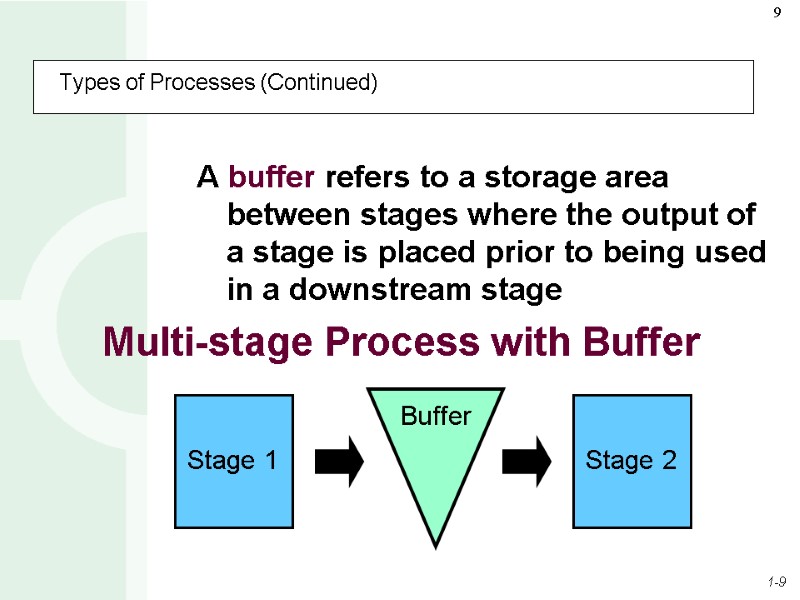
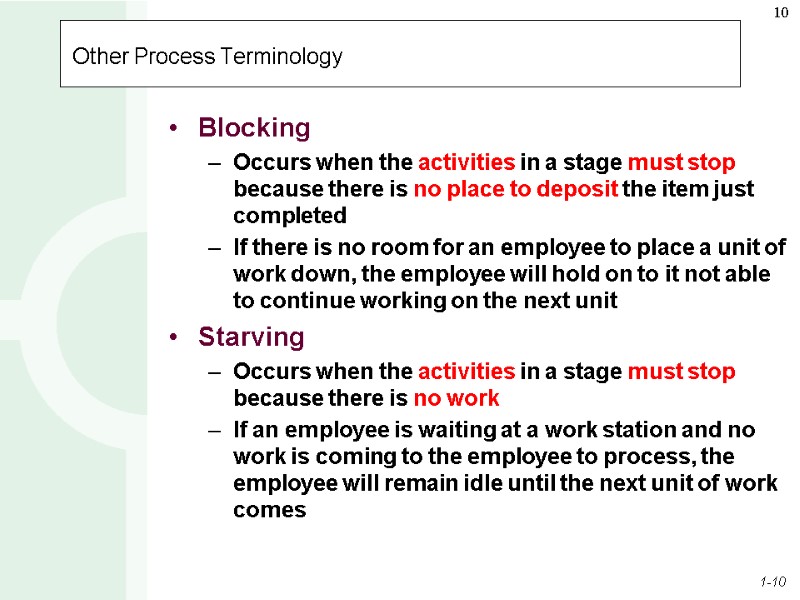
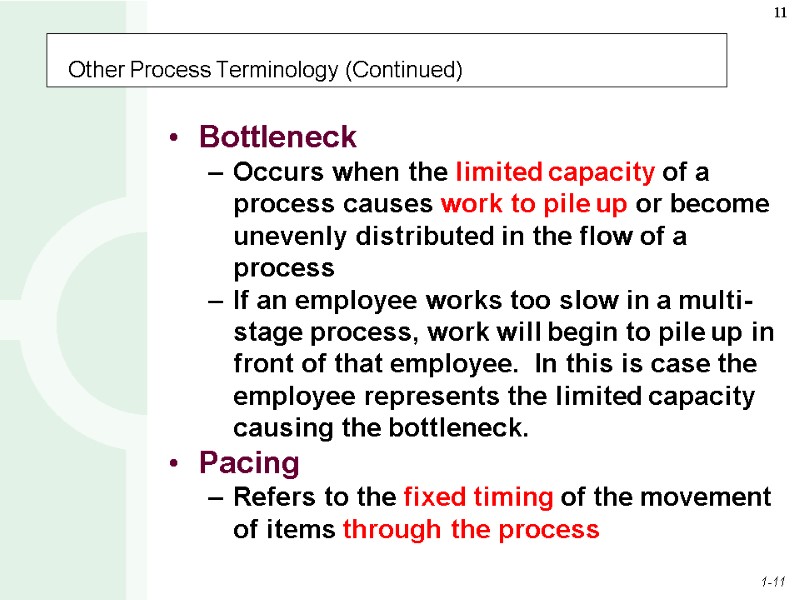
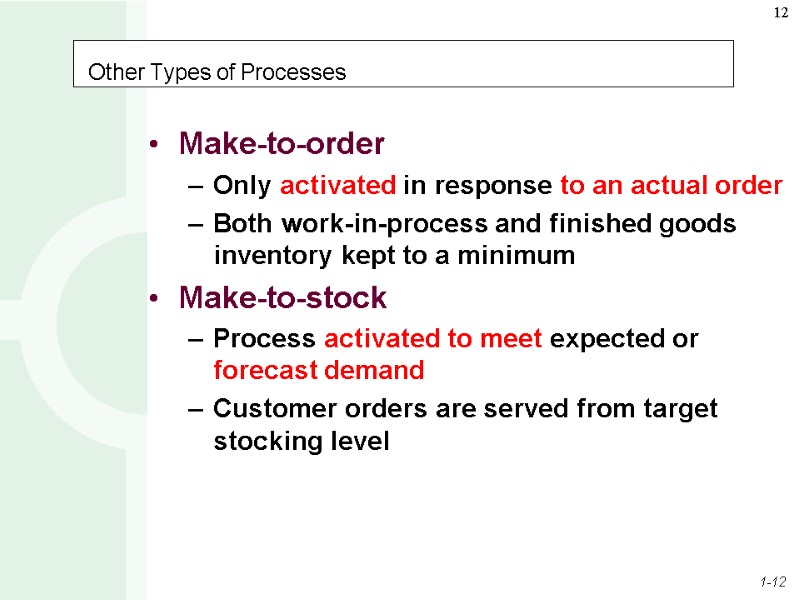
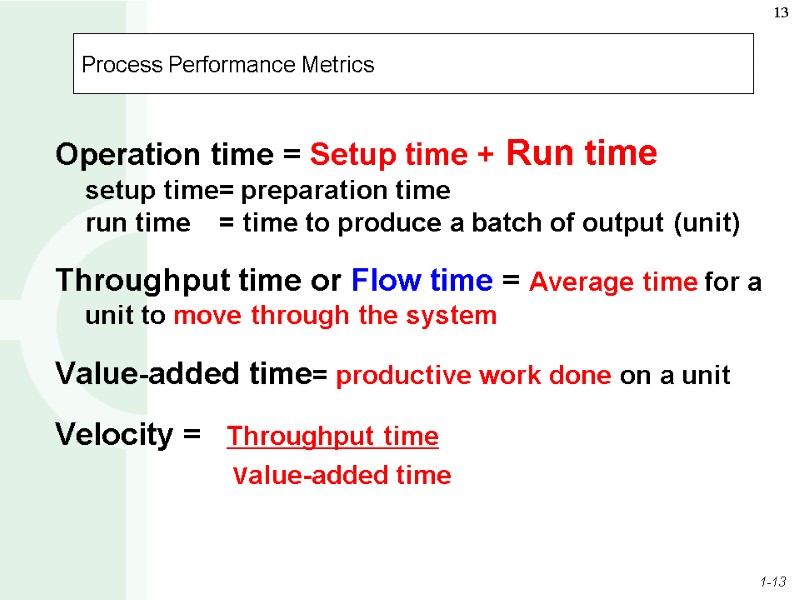
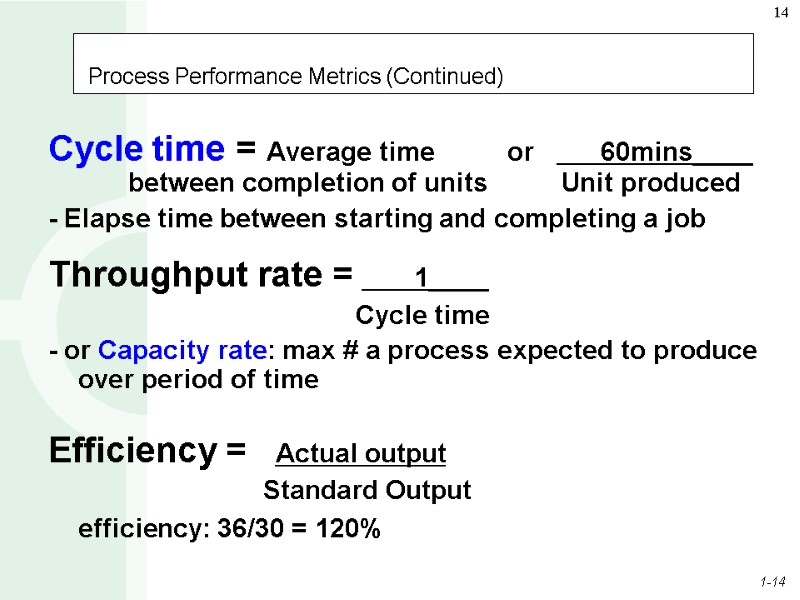
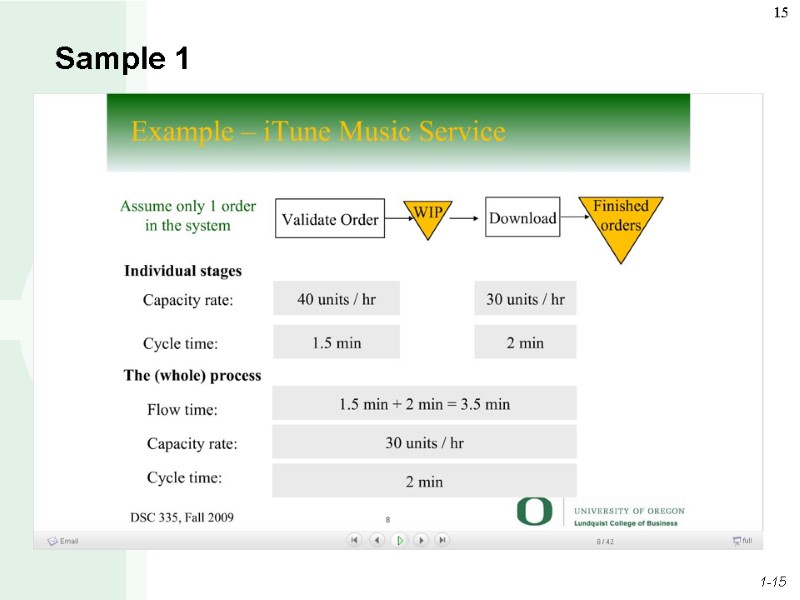
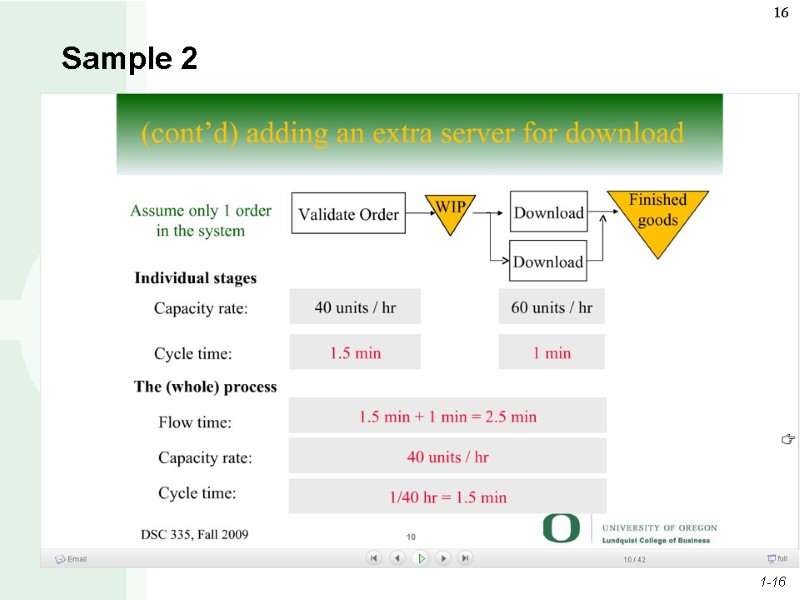
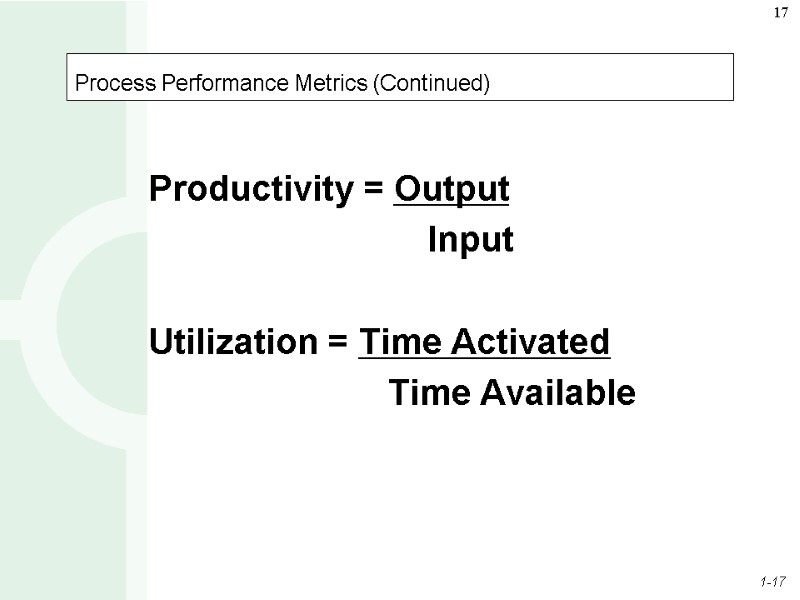
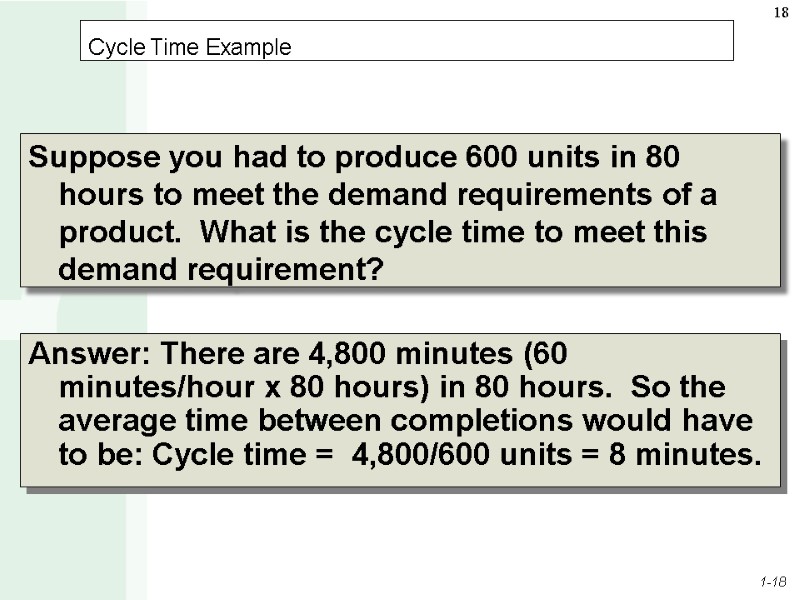
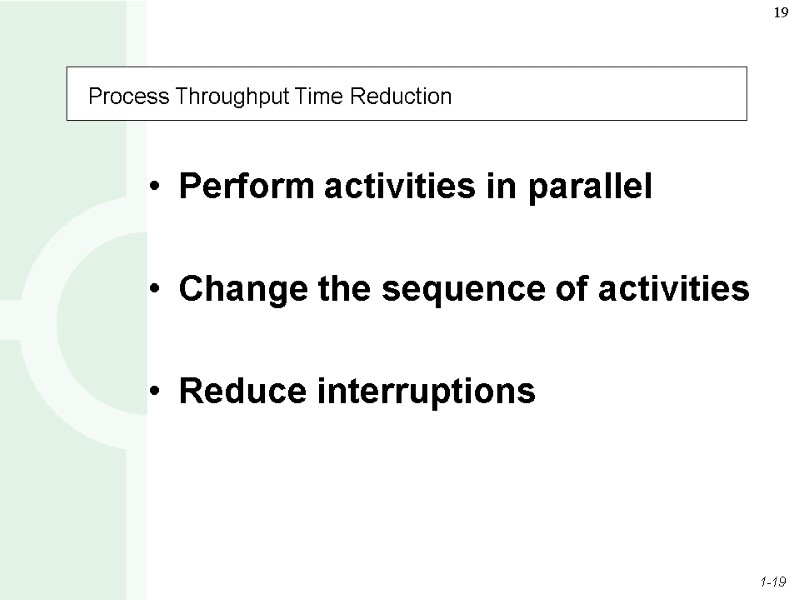
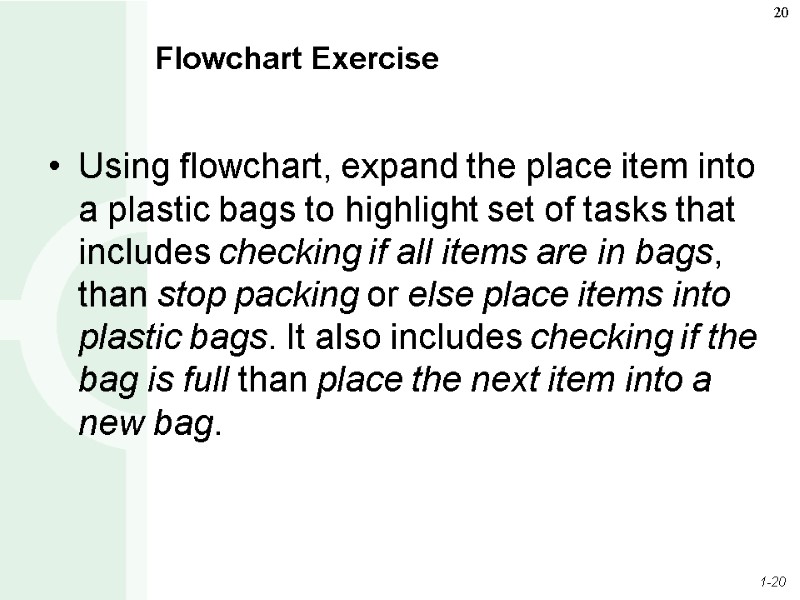
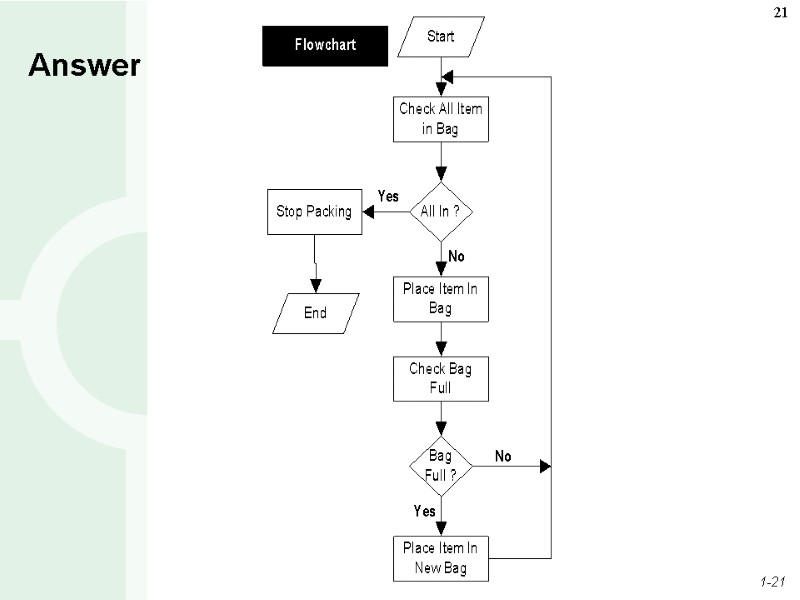
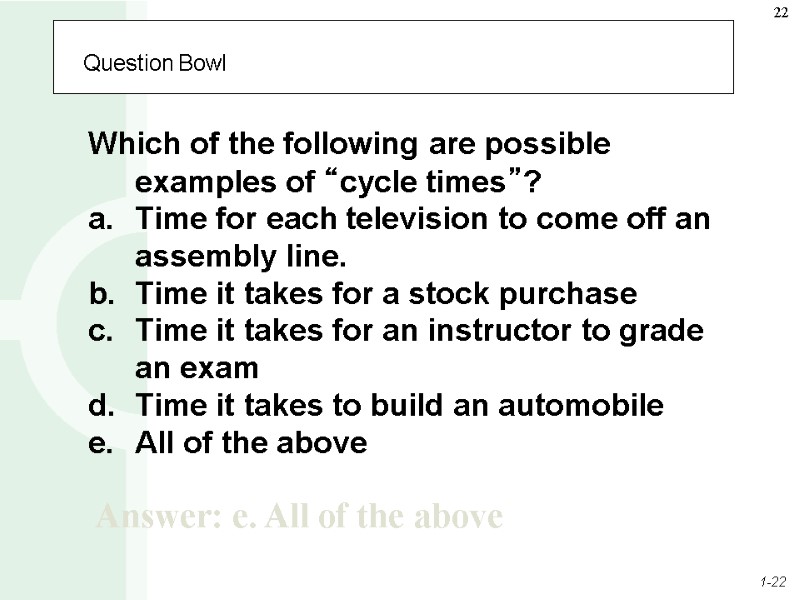
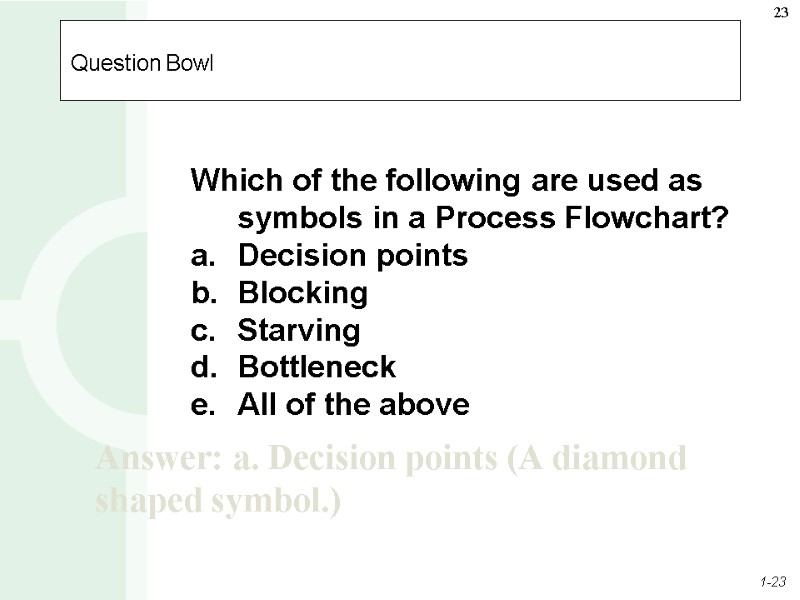
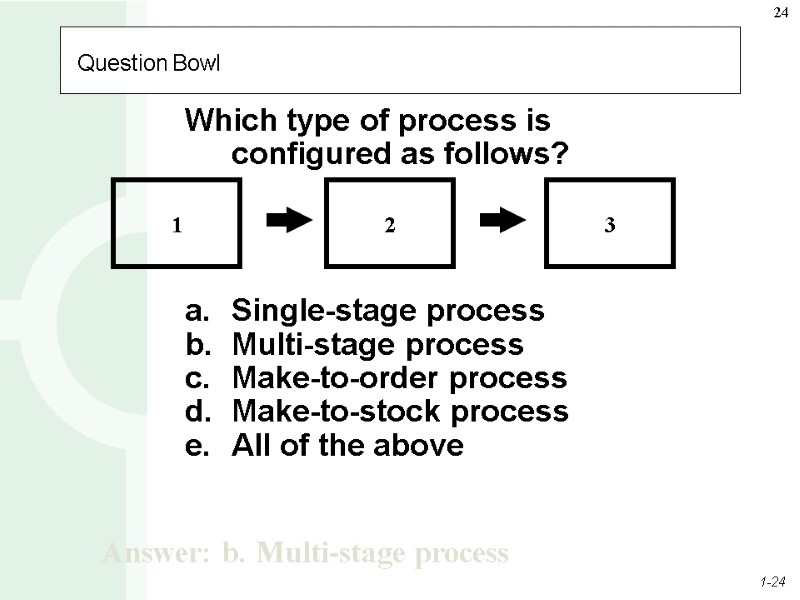
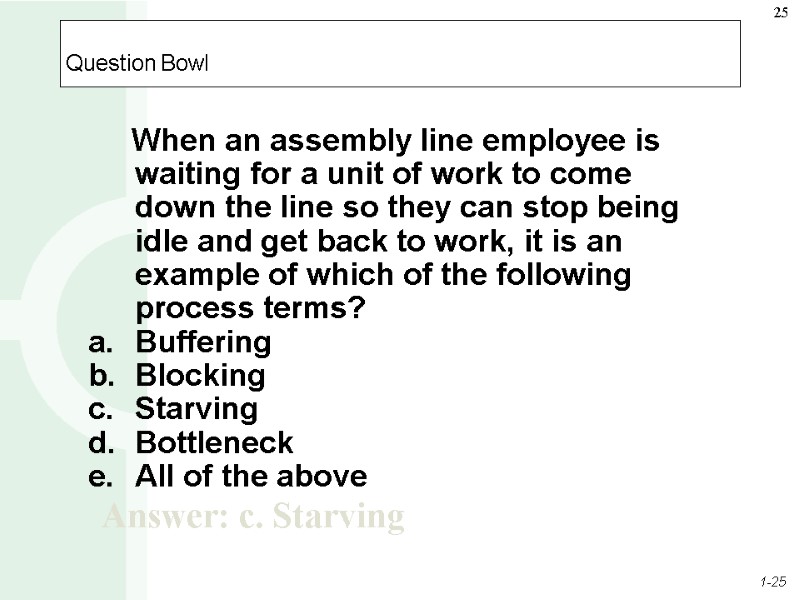
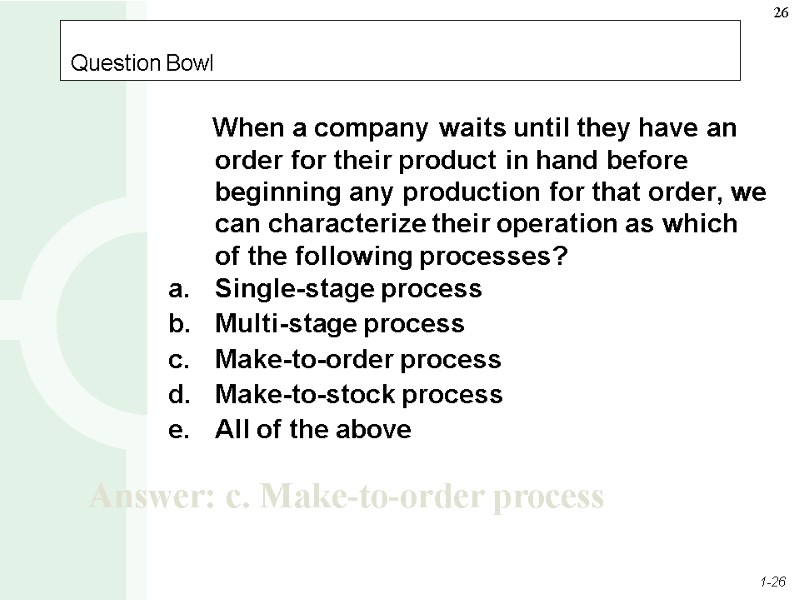
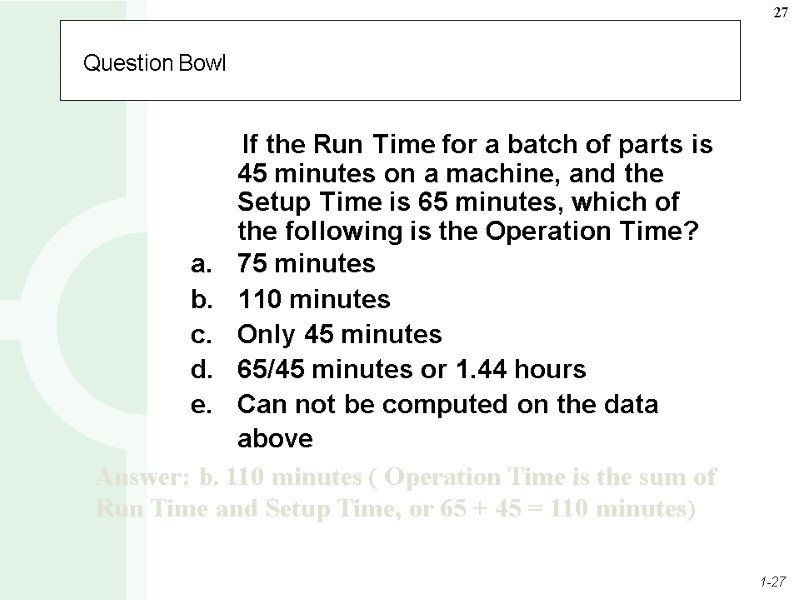
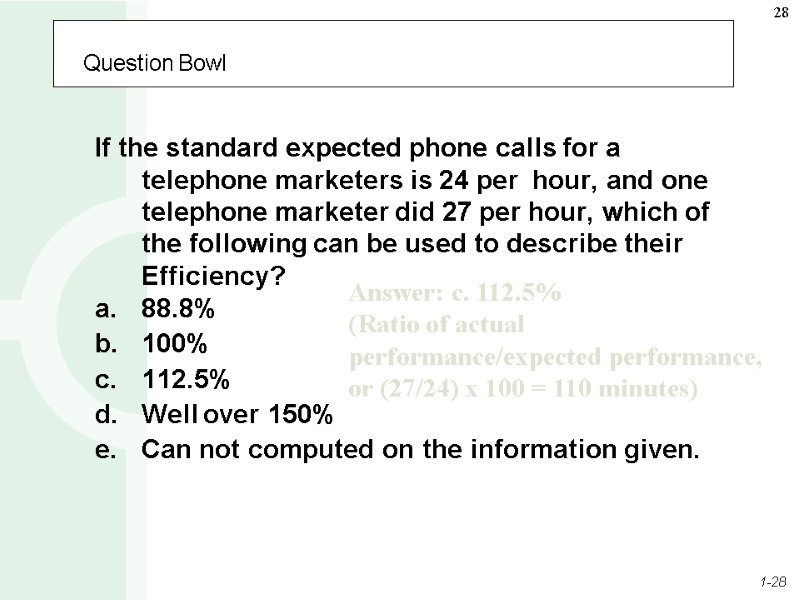
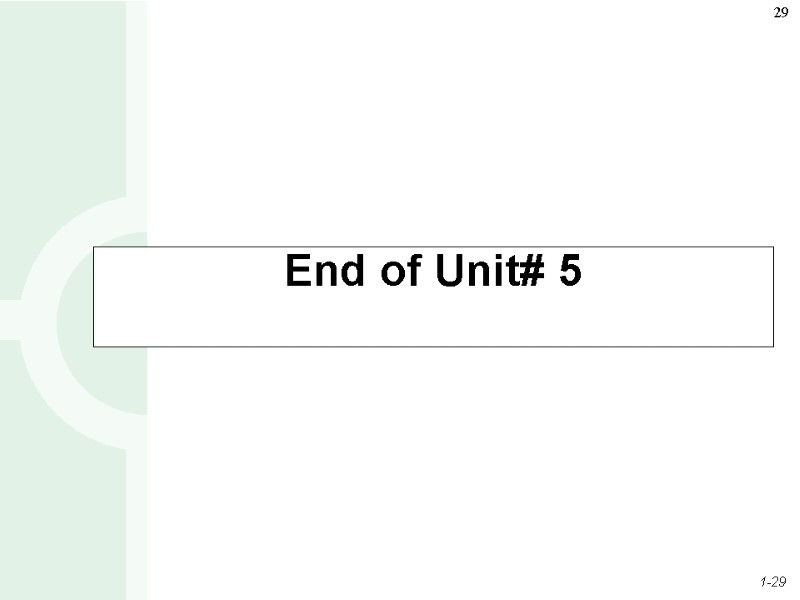
16856-ops_mgt_unit5_may2012.ppt
- Количество слайдов: 29
 Unit# 5 Process Analysis
Unit# 5 Process Analysis
 Process Analysis Process Flowcharting Types of Processes Process Performance Metrics OBJECTIVES
Process Analysis Process Flowcharting Types of Processes Process Performance Metrics OBJECTIVES
 Process Analysis Terms Process: Is any part of an organization that takes inputs and transforms them into outputs Cycle Time: Is the average successive time between completions of successive units Utilization: Is the ratio of the time that a resource is actually activated relative to the time that it is available for use
Process Analysis Terms Process: Is any part of an organization that takes inputs and transforms them into outputs Cycle Time: Is the average successive time between completions of successive units Utilization: Is the ratio of the time that a resource is actually activated relative to the time that it is available for use
 Process Flowcharting Defined Process flowcharting is the use of a diagram to present the major elements of a process The basic elements can include tasks or operations, flows of materials or customers, decision points, and storage areas or queues It is an ideal methodology by which to begin analyzing a process
Process Flowcharting Defined Process flowcharting is the use of a diagram to present the major elements of a process The basic elements can include tasks or operations, flows of materials or customers, decision points, and storage areas or queues It is an ideal methodology by which to begin analyzing a process
 Examples: Giving an admission ticket to a customer, installing a engine in a car, etc. Examples: How much change should be given to a customer, which wrench should be used, etc. Purpose and Examples Flowchart Symbols
Examples: Giving an admission ticket to a customer, installing a engine in a car, etc. Examples: How much change should be given to a customer, which wrench should be used, etc. Purpose and Examples Flowchart Symbols
 Examples: Sheds, lines of people waiting for a service, etc. Examples: Customers moving to a seat, mechanic getting a tool, etc. Purpose and Examples Flowchart Symbols
Examples: Sheds, lines of people waiting for a service, etc. Examples: Customers moving to a seat, mechanic getting a tool, etc. Purpose and Examples Flowchart Symbols
 Example: Flowchart of Student Going to School
Example: Flowchart of Student Going to School
 Types of Processes
Types of Processes
 Types of Processes (Continued) A buffer refers to a storage area between stages where the output of a stage is placed prior to being used in a downstream stage
Types of Processes (Continued) A buffer refers to a storage area between stages where the output of a stage is placed prior to being used in a downstream stage
 Other Process Terminology Blocking Occurs when the activities in a stage must stop because there is no place to deposit the item just completed If there is no room for an employee to place a unit of work down, the employee will hold on to it not able to continue working on the next unit Starving Occurs when the activities in a stage must stop because there is no work If an employee is waiting at a work station and no work is coming to the employee to process, the employee will remain idle until the next unit of work comes
Other Process Terminology Blocking Occurs when the activities in a stage must stop because there is no place to deposit the item just completed If there is no room for an employee to place a unit of work down, the employee will hold on to it not able to continue working on the next unit Starving Occurs when the activities in a stage must stop because there is no work If an employee is waiting at a work station and no work is coming to the employee to process, the employee will remain idle until the next unit of work comes
 Other Process Terminology (Continued) Bottleneck Occurs when the limited capacity of a process causes work to pile up or become unevenly distributed in the flow of a process If an employee works too slow in a multi-stage process, work will begin to pile up in front of that employee. In this is case the employee represents the limited capacity causing the bottleneck. Pacing Refers to the fixed timing of the movement of items through the process
Other Process Terminology (Continued) Bottleneck Occurs when the limited capacity of a process causes work to pile up or become unevenly distributed in the flow of a process If an employee works too slow in a multi-stage process, work will begin to pile up in front of that employee. In this is case the employee represents the limited capacity causing the bottleneck. Pacing Refers to the fixed timing of the movement of items through the process
 Other Types of Processes Make-to-order Only activated in response to an actual order Both work-in-process and finished goods inventory kept to a minimum Make-to-stock Process activated to meet expected or forecast demand Customer orders are served from target stocking level
Other Types of Processes Make-to-order Only activated in response to an actual order Both work-in-process and finished goods inventory kept to a minimum Make-to-stock Process activated to meet expected or forecast demand Customer orders are served from target stocking level
 Process Performance Metrics Operation time = Setup time + Run time setup time= preparation time run time = time to produce a batch of output (unit) Throughput time or Flow time = Average time for a unit to move through the system Value-added time= productive work done on a unit Velocity = Throughput time Value-added time
Process Performance Metrics Operation time = Setup time + Run time setup time= preparation time run time = time to produce a batch of output (unit) Throughput time or Flow time = Average time for a unit to move through the system Value-added time= productive work done on a unit Velocity = Throughput time Value-added time
 Process Performance Metrics (Continued) Cycle time = Average time or 60mins____ between completion of units Unit produced - Elapse time between starting and completing a job Throughput rate = 1____ Cycle time - or Capacity rate: max # a process expected to produce over period of time Efficiency = Actual output Standard Output efficiency: 36/30 = 120%
Process Performance Metrics (Continued) Cycle time = Average time or 60mins____ between completion of units Unit produced - Elapse time between starting and completing a job Throughput rate = 1____ Cycle time - or Capacity rate: max # a process expected to produce over period of time Efficiency = Actual output Standard Output efficiency: 36/30 = 120%
 Sample 1
Sample 1
 Sample 2
Sample 2
 Process Performance Metrics (Continued) Productivity = Output Input Utilization = Time Activated Time Available
Process Performance Metrics (Continued) Productivity = Output Input Utilization = Time Activated Time Available
 Cycle Time Example Suppose you had to produce 600 units in 80 hours to meet the demand requirements of a product. What is the cycle time to meet this demand requirement? Answer: There are 4,800 minutes (60 minutes/hour x 80 hours) in 80 hours. So the average time between completions would have to be: Cycle time = 4,800/600 units = 8 minutes.
Cycle Time Example Suppose you had to produce 600 units in 80 hours to meet the demand requirements of a product. What is the cycle time to meet this demand requirement? Answer: There are 4,800 minutes (60 minutes/hour x 80 hours) in 80 hours. So the average time between completions would have to be: Cycle time = 4,800/600 units = 8 minutes.
 Process Throughput Time Reduction Perform activities in parallel Change the sequence of activities Reduce interruptions
Process Throughput Time Reduction Perform activities in parallel Change the sequence of activities Reduce interruptions
 Flowchart Exercise Using flowchart, expand the place item into a plastic bags to highlight set of tasks that includes checking if all items are in bags, than stop packing or else place items into plastic bags. It also includes checking if the bag is full than place the next item into a new bag.
Flowchart Exercise Using flowchart, expand the place item into a plastic bags to highlight set of tasks that includes checking if all items are in bags, than stop packing or else place items into plastic bags. It also includes checking if the bag is full than place the next item into a new bag.
 Answer
Answer
 Question Bowl Which of the following are possible examples of “cycle times”? Time for each television to come off an assembly line. Time it takes for a stock purchase Time it takes for an instructor to grade an exam Time it takes to build an automobile All of the above Answer: e. All of the above
Question Bowl Which of the following are possible examples of “cycle times”? Time for each television to come off an assembly line. Time it takes for a stock purchase Time it takes for an instructor to grade an exam Time it takes to build an automobile All of the above Answer: e. All of the above
 Question Bowl Which of the following are used as symbols in a Process Flowchart? Decision points Blocking Starving Bottleneck All of the above Answer: a. Decision points (A diamond shaped symbol.)
Question Bowl Which of the following are used as symbols in a Process Flowchart? Decision points Blocking Starving Bottleneck All of the above Answer: a. Decision points (A diamond shaped symbol.)
 Question Bowl Which type of process is configured as follows? Single-stage process Multi-stage process Make-to-order process Make-to-stock process All of the above Answer: b. Multi-stage process
Question Bowl Which type of process is configured as follows? Single-stage process Multi-stage process Make-to-order process Make-to-stock process All of the above Answer: b. Multi-stage process
 Question Bowl When an assembly line employee is waiting for a unit of work to come down the line so they can stop being idle and get back to work, it is an example of which of the following process terms? Buffering Blocking Starving Bottleneck All of the above Answer: c. Starving
Question Bowl When an assembly line employee is waiting for a unit of work to come down the line so they can stop being idle and get back to work, it is an example of which of the following process terms? Buffering Blocking Starving Bottleneck All of the above Answer: c. Starving
 Question Bowl When a company waits until they have an order for their product in hand before beginning any production for that order, we can characterize their operation as which of the following processes? Single-stage process Multi-stage process Make-to-order process Make-to-stock process All of the above Answer: c. Make-to-order process
Question Bowl When a company waits until they have an order for their product in hand before beginning any production for that order, we can characterize their operation as which of the following processes? Single-stage process Multi-stage process Make-to-order process Make-to-stock process All of the above Answer: c. Make-to-order process
 Question Bowl If the Run Time for a batch of parts is 45 minutes on a machine, and the Setup Time is 65 minutes, which of the following is the Operation Time? 75 minutes 110 minutes Only 45 minutes 65/45 minutes or 1.44 hours Can not be computed on the data above Answer: b. 110 minutes ( Operation Time is the sum of Run Time and Setup Time, or 65 + 45 = 110 minutes)
Question Bowl If the Run Time for a batch of parts is 45 minutes on a machine, and the Setup Time is 65 minutes, which of the following is the Operation Time? 75 minutes 110 minutes Only 45 minutes 65/45 minutes or 1.44 hours Can not be computed on the data above Answer: b. 110 minutes ( Operation Time is the sum of Run Time and Setup Time, or 65 + 45 = 110 minutes)
 Question Bowl If the standard expected phone calls for a telephone marketers is 24 per hour, and one telephone marketer did 27 per hour, which of the following can be used to describe their Efficiency? 88.8% 100% 112.5% Well over 150% Can not computed on the information given. Answer: c. 112.5% (Ratio of actual performance/expected performance, or (27/24) x 100 = 110 minutes)
Question Bowl If the standard expected phone calls for a telephone marketers is 24 per hour, and one telephone marketer did 27 per hour, which of the following can be used to describe their Efficiency? 88.8% 100% 112.5% Well over 150% Can not computed on the information given. Answer: c. 112.5% (Ratio of actual performance/expected performance, or (27/24) x 100 = 110 minutes)
 End of Unit# 5
End of Unit# 5
